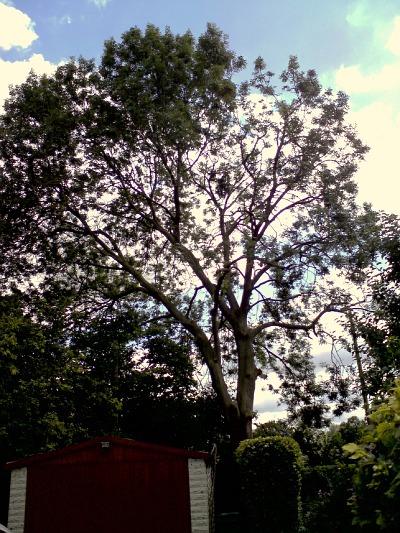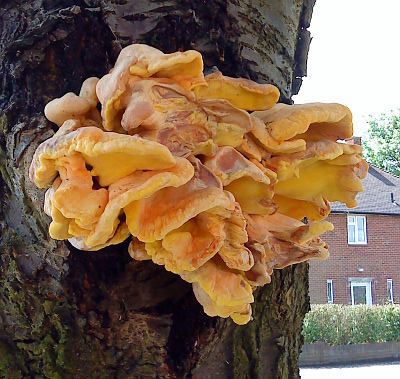North London Trees
Tree Surgeon and Arborist services in North London
North London Trees Services
pruning
The main objective of pruning trees is to maintain their health, making sure they are safe in their environment and ensuring they look good. Understanding how to prune well is important, because done well it can the promote health and vigour in a tree. Done badly it can lead to ugly malformed trees that in extreme cases can bring about their demise. Pruning comes mainly under two titles: reducing and thinning.
reducing
Reducing is where all branches that form the "crown" - this being the outer edge of the tree - are cut reducing the overall size of the tree. Most of the time this is described as an overall percentage e.g. 20%. Most common thinking on the subject suggests that anymore than 30% reduction is detrimental to the tree's health.
thinning
Thinning is where the overall size of the tree remains the same but the density of the crown is thinned . This can be where branches are crossing or rubbing, or the removal of heavily congested areas. Thinning may also include dead wooding, which is removing dead or diseased limbs. The more air and light that passes through the crown the better overall health for the tree. Also it helps the surrounding environment e.g enabling growth of other plants under and around the tree. Again more than 30% thinning is considered a possible danger to the health of the tree.
crown lifting
This is where lower branches are removed to raise the crown again enabling more clearance around the base of the tree.
dismantling and felling
This is where the tree in what ever its situation is taken apart carefully and the whole is removed.
stump grinding
After the tree is felled the stump is ground out, including the root system, thus allowing for a new tree to be planted in the same spot.
tree planting
We can advise on tree species suitable for your spaces, what would thrive in all conditions. Making sure the newly planted tree has the best start .
hedge trimming
We can reduce and shape all sizes of hedges to your needs .
pollarding
Pollarding is a good way of maintaining large trees at a constant size. It means removing most of the branches leaving designated branches to form pollards.
insurance reports
We can provide tree reports for home insurance requirements, addressing such questions as:
- Are my or my neighbour's trees too close to my house?
- What are the possible dangers to my property?
- What actions should I take to negate this danger?
With our practical experience, we can also be engaged as a expert witness.
pests and diseases
With warmer winters pests and diseases are becoming more and more of a problem. We have abilities to identify these problems and offer recommendations. Examples of such problems include:
- Fruiting bodies i.e fungi in various positions in the tree
- Weeping wounds
- Dieback in the crown
- Dead wood
- Yellowing and curling of leaves
- Insect damage on stem and leaves
conservation areas and tree preservation orders (T.P.O's)
Local authorities can place T.P.O's on any trees they regard as having some amenity value to an area. Conservation areas are areas where all trees in this designated area are protected. The upshot of all this is that any works wanted to be done on trees have to applied for, otherwise its considered a criminal offence. We have the experience to apply for your tree works needs on your behalf and to liase with your local authority.
Copyright © 2010 - 2014 North London Trees - All Rights Reserved


